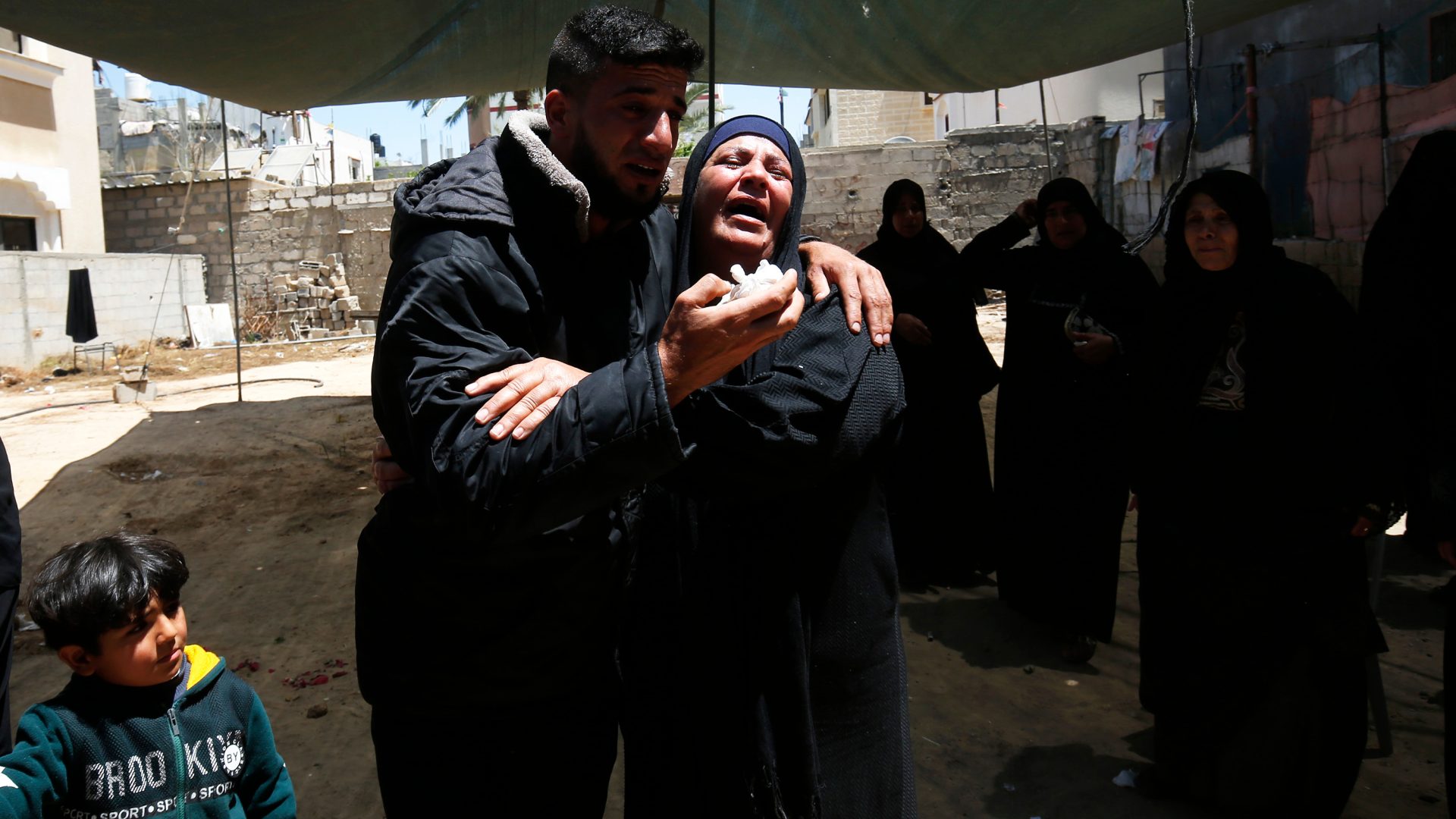Displacement Orders Force Hundreds of Thousands of Gaza’s Most Vulnerable to Flee South, While Humanitarian Organizations Struggle to Safely Deliver Aid

Published
Displacement Orders Force Hundreds of Thousands of Gaza’s Most Vulnerable to Flee South, While Humanitarian Organizations Struggle to Safely Deliver Aid
Palestinian NGOs and Civil Society Organizations (CSOs) are at the forefront of responding to the worsening humanitarian crisis in Gaza. They face the same blockages incurred by INGOs, such as safety concerns, forced displacement orders, and logistical constraints, but often with intensified challenges, report NGOs in the latest humanitarian access snapshot.
Following the most recent forced displacement orders, at least 400,000 people in northern Gaza are being forced to flee to overcrowded areas in the south, overwhelming already strained resources like food, water, and medical care. At least 89% of Gaza remains under these forced displacement orders in the face of continued bombardment and heavy rains and floods during the winter season. Multiple organizations reported that they had been forced to cancel or delay planned aid operations to ensure the safety of those involved due to the risk of strikes and unsafe conditions.
Thousands of food and hygiene kits, along with essential shelter items for winter, have been delayed at various procurement points across Egypt and Jordan due to prioritization requirements, security concerns, and logistical constraints. Inside the Gaza Strip, restrictions on fuel have forced humanitarian agencies to reduce or minimize their movements with some Palestinian NGOs and CSOs reported either not receiving fuel or receiving insufficient quantities.
At least five NGOs report that the psychological toll on both the population and aid workers lead to conditions of anxiety, depression and insomnia, underscoring the urgent need for mental health resources including medications, counseling materials, and therapy tools.
“It was one of the most difficult and saddening moments when I received the news about the death of my mother and son at the shelter gate while I was providing hot meal assistance to the internally displaced people in other shelters,” said one national partner of Islamic Relief.
Palestinian NGOs and CSOs bear the highest risks in carrying out aid operations, as many of their staff are directly affected by the violence, witnessing the devastation inflicted on their own families and communities. Since October 2023, more than 300 aid workers have been killed in Gaza alone – a loss which exceeds the total number of humanitarian aid workers killed in the entire world in any given year across the last twenty years.
Humanitarian workers should not have to work in such challenging and dangerous conditions: the Israeli government must facilitate safe, unhindered access for all humanitarian assistance in both Gaza and the West Bank and guarantee the safety of all humanitarian actors.